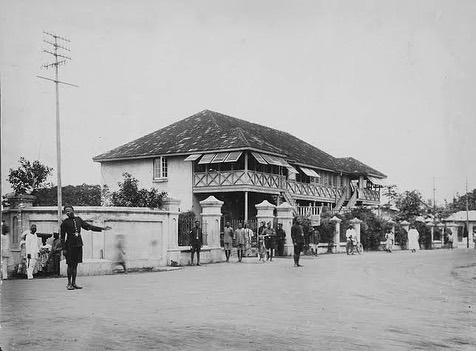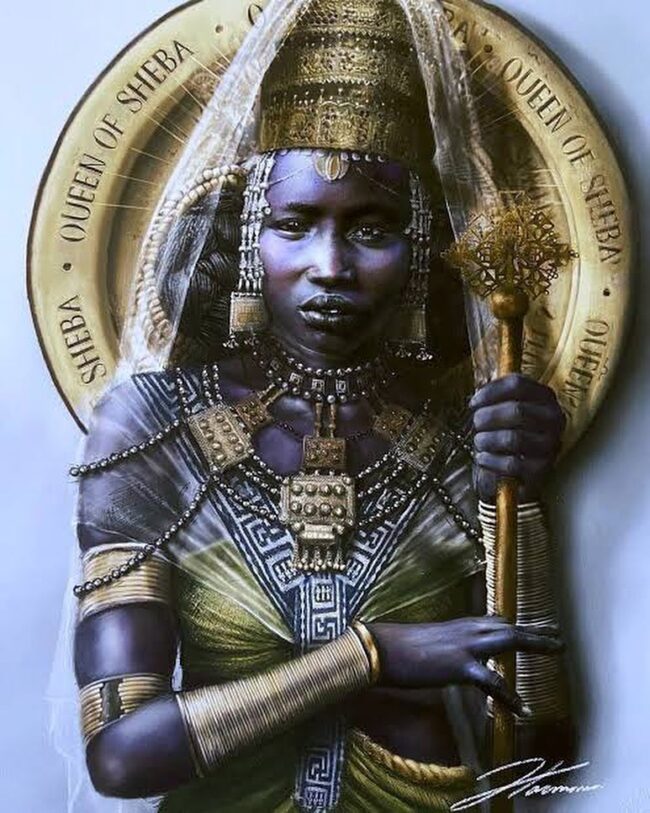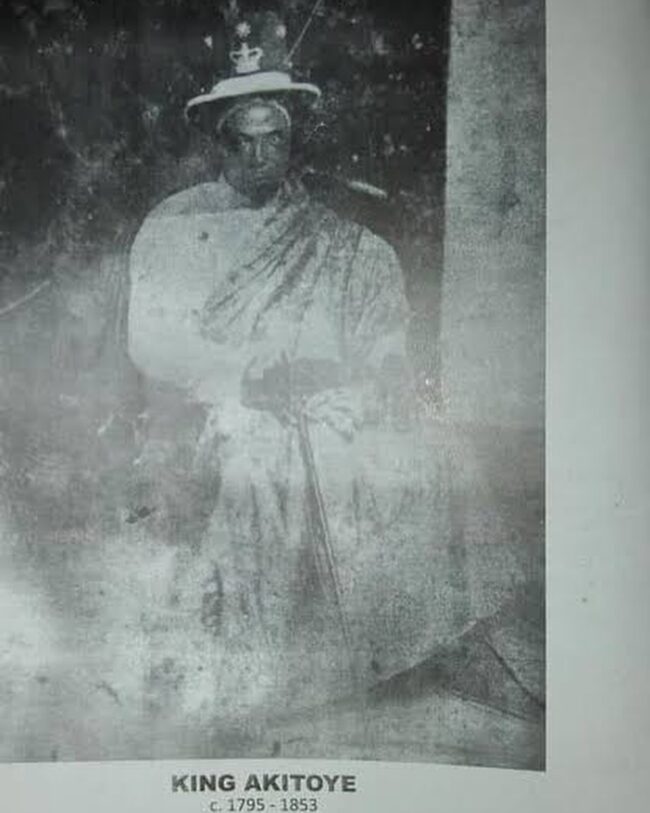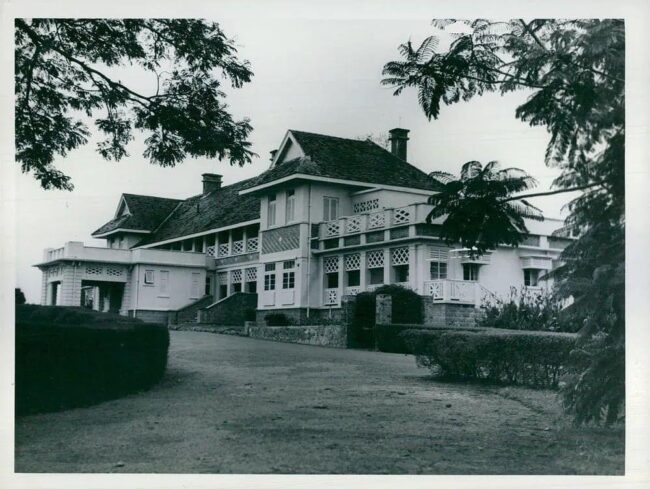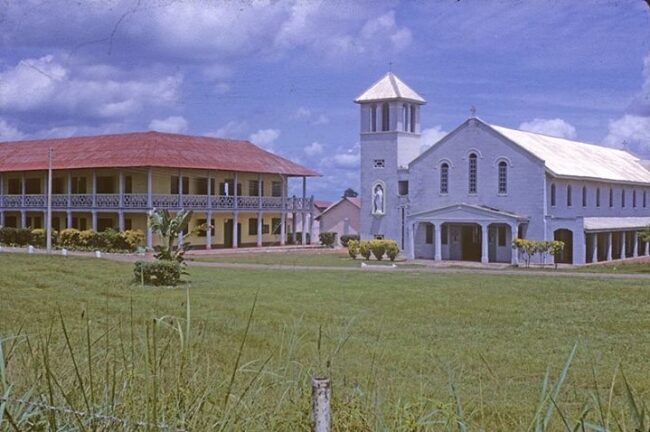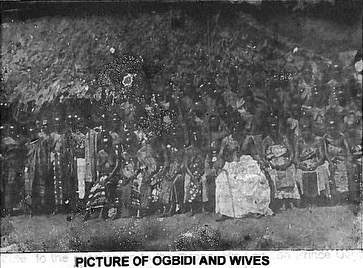Historical Development of Ebute Metta in Lagos
One of the well- known locations in Lagos State with a deep historical legacy is Ebute Metta even though a lot of us might not be aware of it. We will reveal the historical evolution of this place in this article. Located in the Lagos Mainland local government district, Ebute Metta is an ancient neighborhood whose houses were primarily constructed utilizing Brazilian architectural style during the colonial era. It is well-known for producing and selling regional clothing and food. Ebute Metta is a component of Otto’s Awori Kingdom. Its capital, Otto, is located on the route to Lagos Island, right before Iddo. In Yoruba, Ebute Metta translates to “The three Harbours.” This is so because the three harbors that make up Ebute Metta’s main structure are Iddo, Otto, and Oyingbo. In the past, these harbors were under the authority of Oba Oloto of Otto, who had his emissaries’ collect taxes from ships carrying cargo to Lagos Island. There was a lot of tension in Abeokuta in 1867 between the followers of the traditional religion and the Christian community, and things were about to go out of hand. It was almost like a sectarian conflict. The native Christian converts in Abeokuta implored the Europeans to take them to Lagos as they were about to be abandoned by some European missionaries, fearing that the traditionalists would wage war against them without the support of their European protectors. After arriving in Lagos, the European missionaries went to the monarch to request that he set aside land for the Egba Christians who had come from Abeokuta. The monarch replied that Lagos Island was already full and that he could not afford to offer the Egba people the little land that was still available. Rather, he recommended that John Hawley Glover, the Colonial Governor, get in touch with his brother Oba, the Oloto, whose lands lay just across the lagoon. When Governor Glover reached out to the Oloto, they consented to grant the Egbas a sizable portion of property extending from Oyingbo (now Coates Street) to a point immediately before the Yaba lands start (Glover Street), where the LSDPC Estate was eventually constructed some 130 years later. Two prominent Egba Christians are Saros and Amaros.…

